
The National Assembly Standing Committee has just issued a resolution regulating the arrangement of administrative units in 2025, effective from April 15. After 6 months, the regime, policies and position allowances will be implemented according to the new regulations.
Provincial People's Committees and relevant agencies are responsible for implementing policies and regimes for cadres, civil servants, public employees and workers in the process of arranging administrative units and organizing the apparatus.
Citizens, cadres, civil servants, public employees, workers and salary earners in the armed forces in administrative units after the merger will continue to enjoy special regimes and policies according to regions, areas or administrative units as before the arrangement until a new decision is made by the competent authority.
Current central and local regimes and policies will also retain their scope, beneficiaries and content until adjusted. In case of changing the name of an administrative unit, the new name will be used to implement specific regimes and policies.
The resolution also requires local authorities where the new headquarters is located to arrange official housing and transportation for officials, civil servants, public employees and workers from the units implementing the arrangement. At the same time, provincial authorities are responsible for supporting commune-level authorities after the arrangement to balance the budget to invest in upgrading the headquarters.
Allow the number of deputies to exceed the regulations during the transition period.
The Resolution stipulates that the number of cadres, civil servants and public employees of commune-level administrative units after the rearrangement must not exceed the total number existing before the rearrangement, excluding provincial and district-level cadres, civil servants and public employees transferred.
Notably, at the time of reorganization, the number of vice chairmen of the People's Council, vice chairmen of the People's Committee and deputy heads of affiliated agencies and units may be greater than prescribed. However, no later than 5 years after the resolution of the National Assembly or the National Assembly Standing Committee on reorganization of administrative units takes effect, the number and arrangement of leaders, managers, cadres, civil servants and public employees must comply with regulations.
The provincial People's Committee is responsible for arranging and assigning cadres, civil servants, public employees and workers, ensuring the requirements of streamlining the payroll associated with restructuring and improving the quality of the team, in accordance with local realities. The arrangement of cadres, civil servants and public employees of central agencies located in the area and political organizations and the Fatherland Front must also ensure similar requirements. The total number of cadres, civil servants and public employees of the provincial administrative unit after the arrangement must not exceed the total number previously available.
The budget for implementing the administrative unit arrangement is guaranteed by the local budget. Provinces and centrally-run cities are allowed to use regular funds from the state budget allocated during the budget stabilization period to pay for tasks related to the apparatus arrangement. The central budget provides one-time support to provinces and centrally-run cities receiving additional budget balance at the rate of 100 billion VND for each reduced provincial-level administrative unit and 500 million VND for each reduced commune-level administrative unit.
TH (according to VnExpress)Source: https://baohaiduong.vn/giu-nguyen-luong-phu-cap-cong-chuc-6-thang-sau-sap-nhap-409458.html



![[Photo] Prime Minister Pham Minh Chinh chairs the meeting of the Government Party Committee Standing Committee](https://vstatic.vietnam.vn/vietnam/resource/IMAGE/2025/8/23/8e94aa3d26424d1ab1528c3e4bbacc45)
![[Photo] General Secretary To Lam attends the 80th Anniversary of the Cultural Sector's Traditional Day](https://vstatic.vietnam.vn/vietnam/resource/IMAGE/2025/8/23/7a88e6b58502490aa153adf8f0eec2b2)




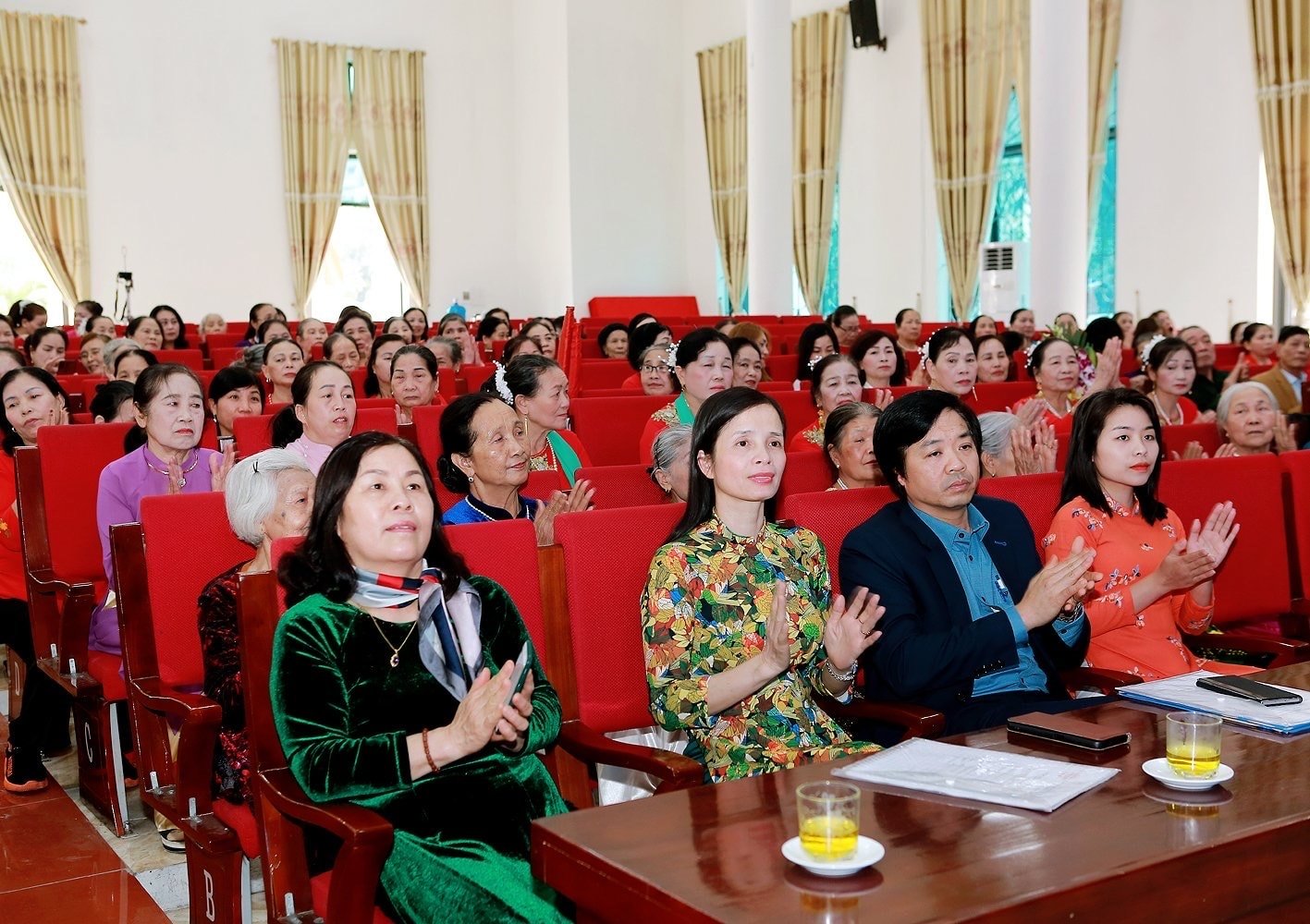

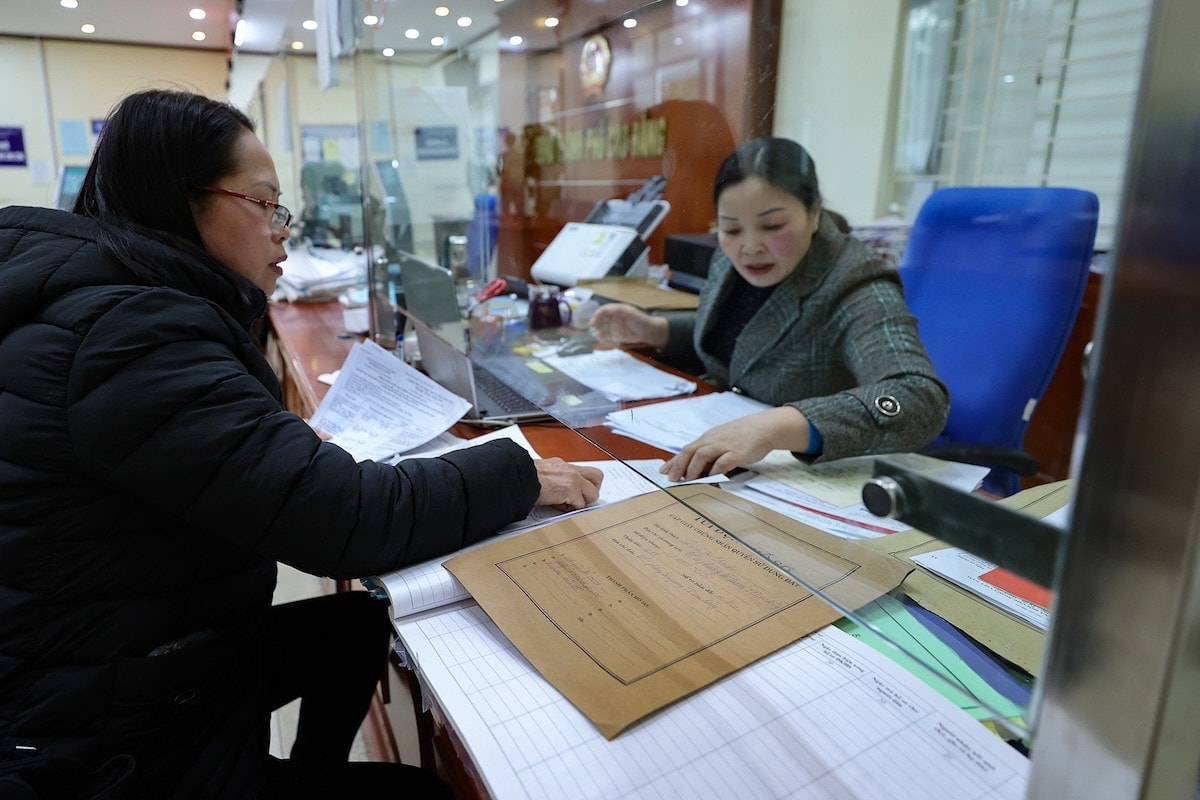

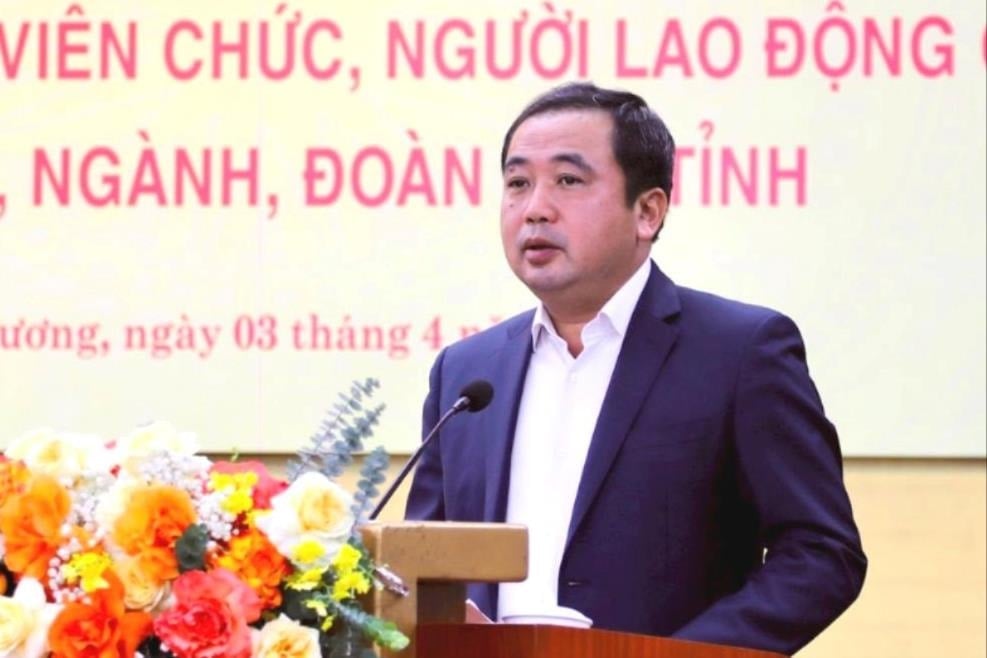
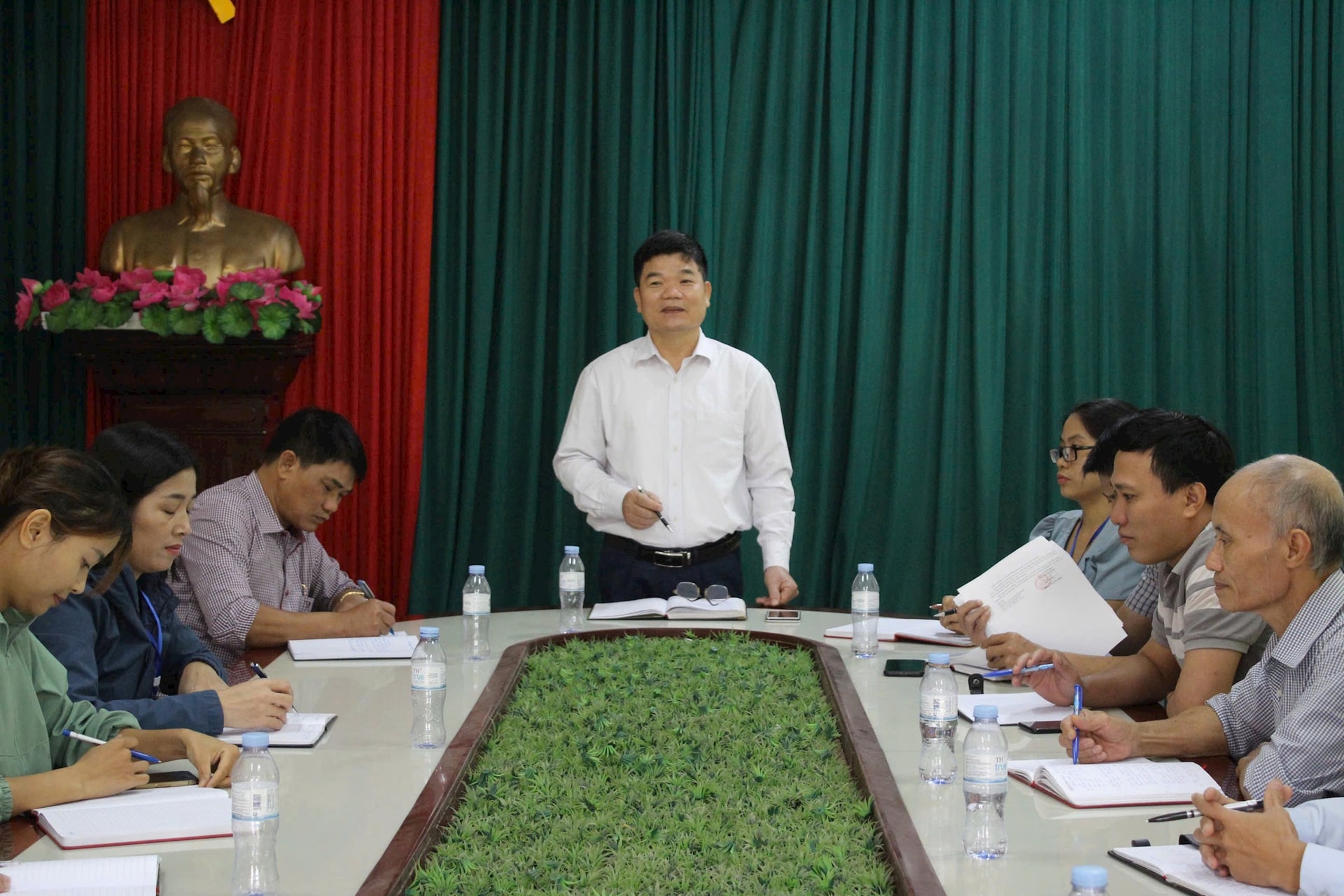
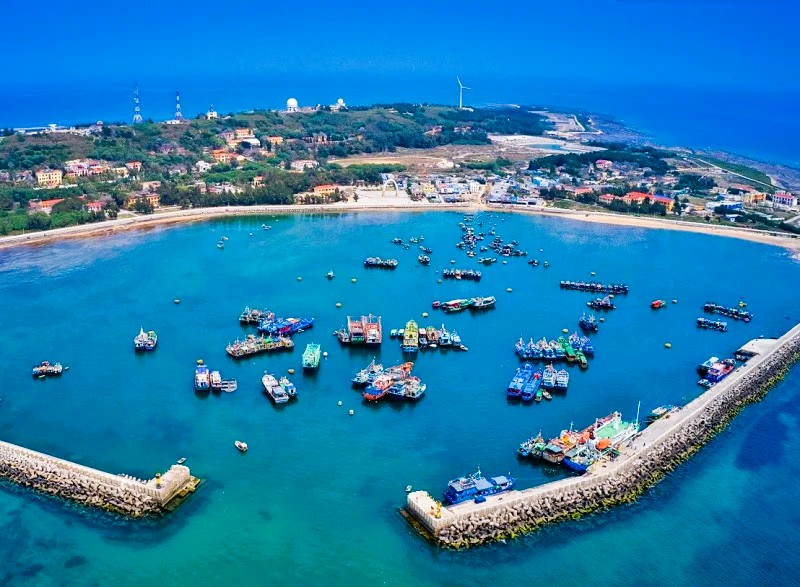

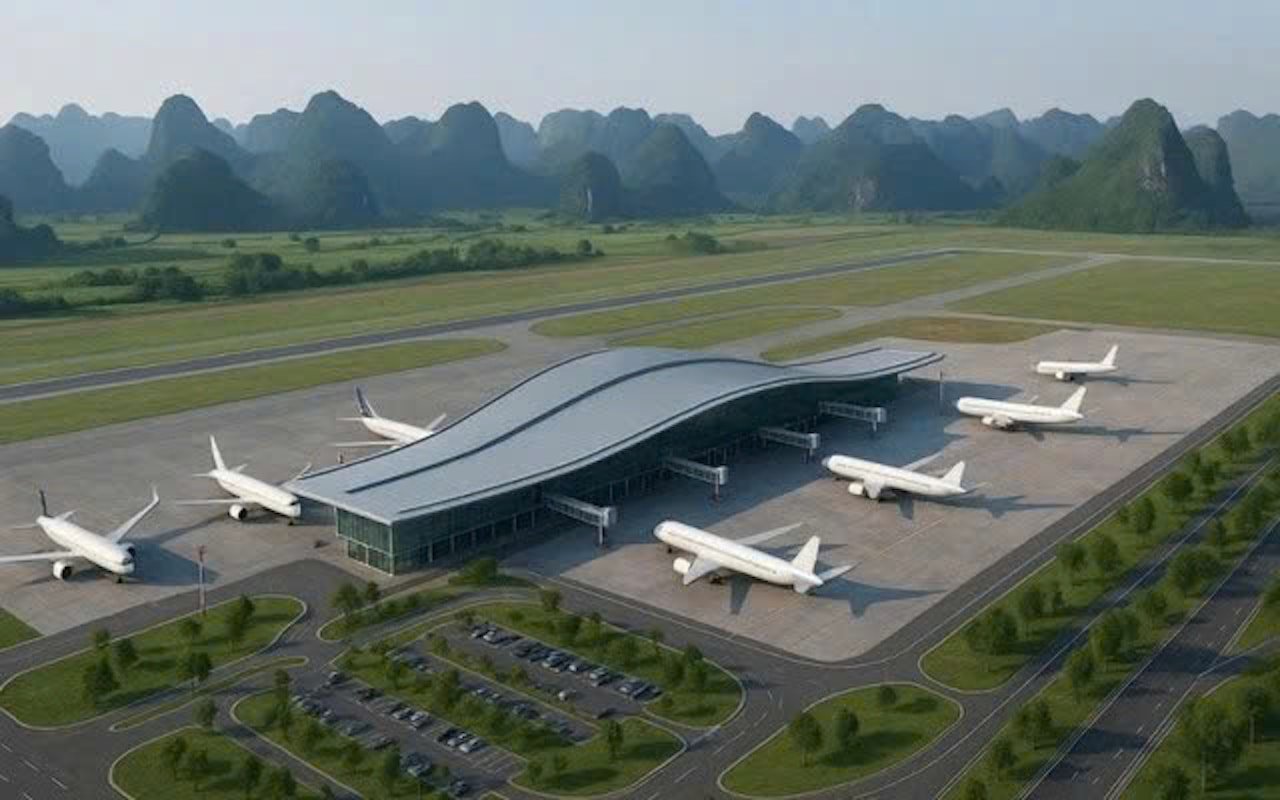
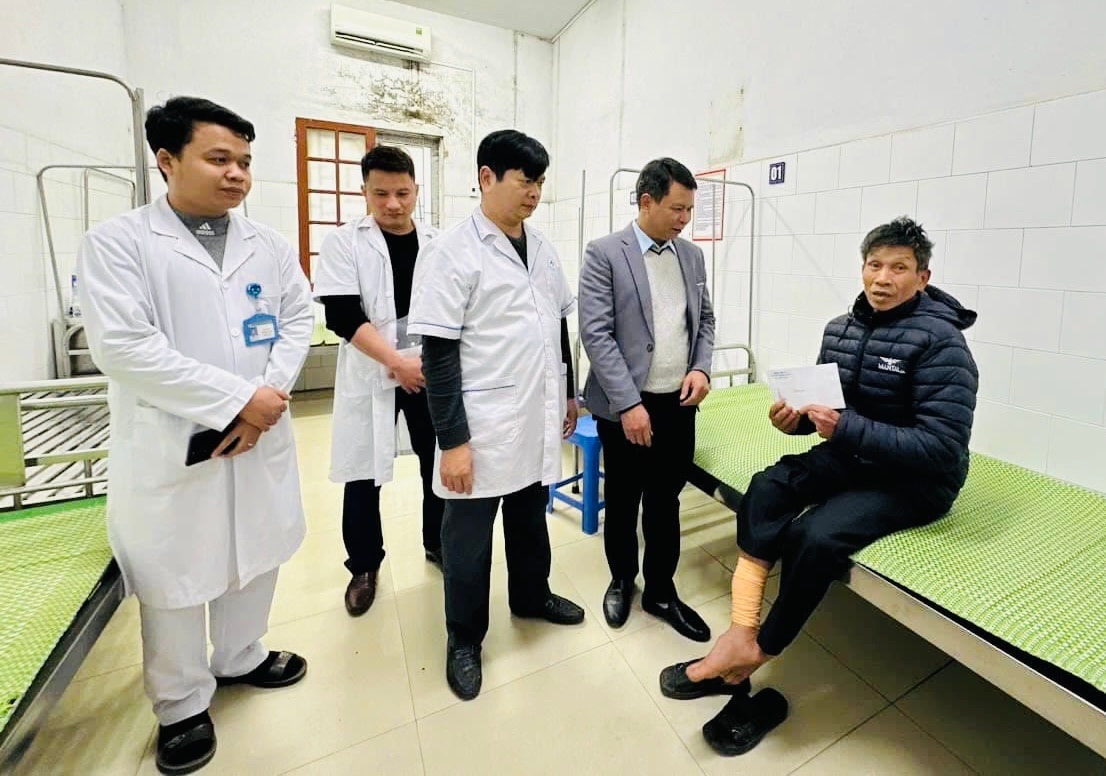

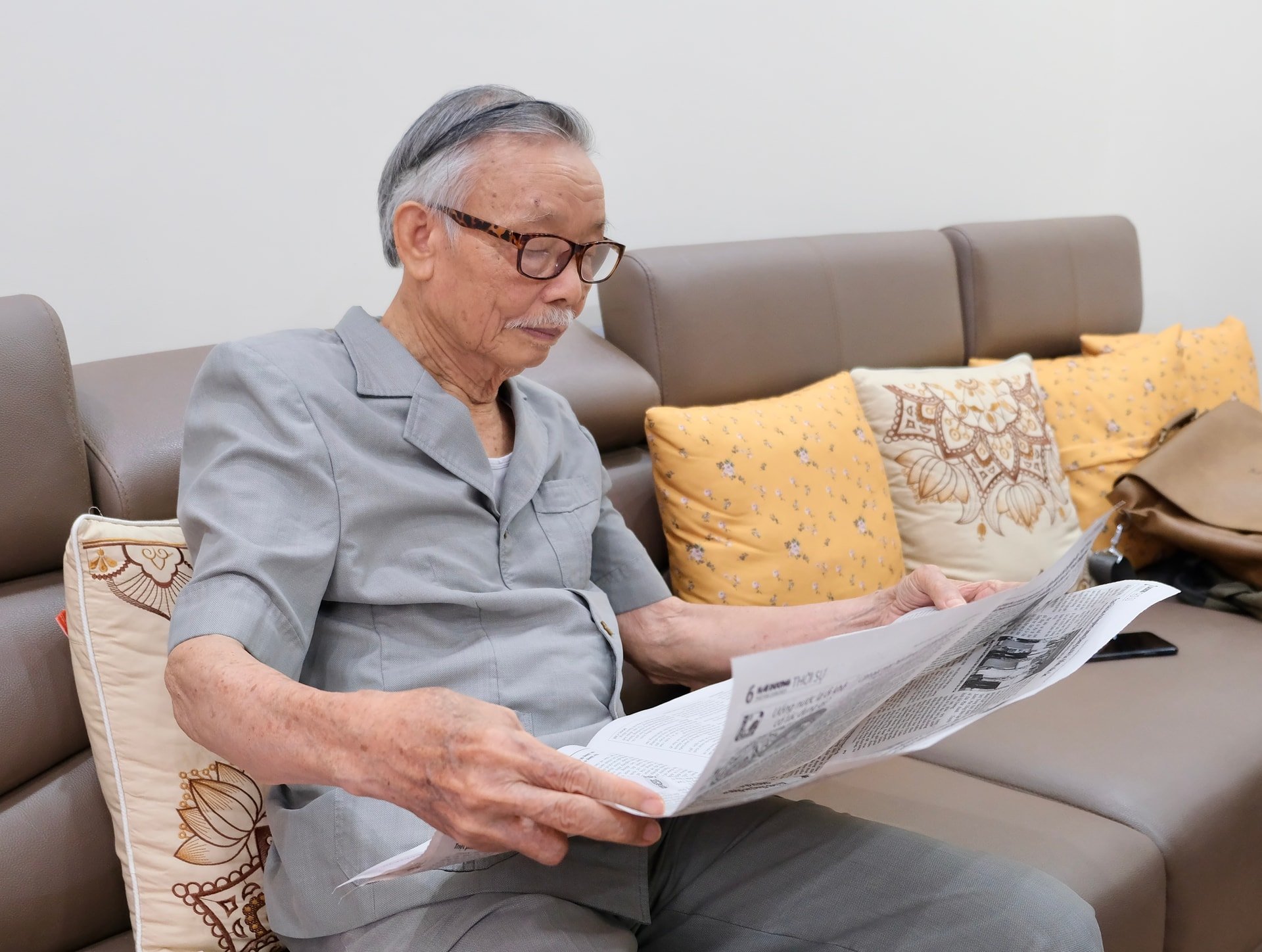
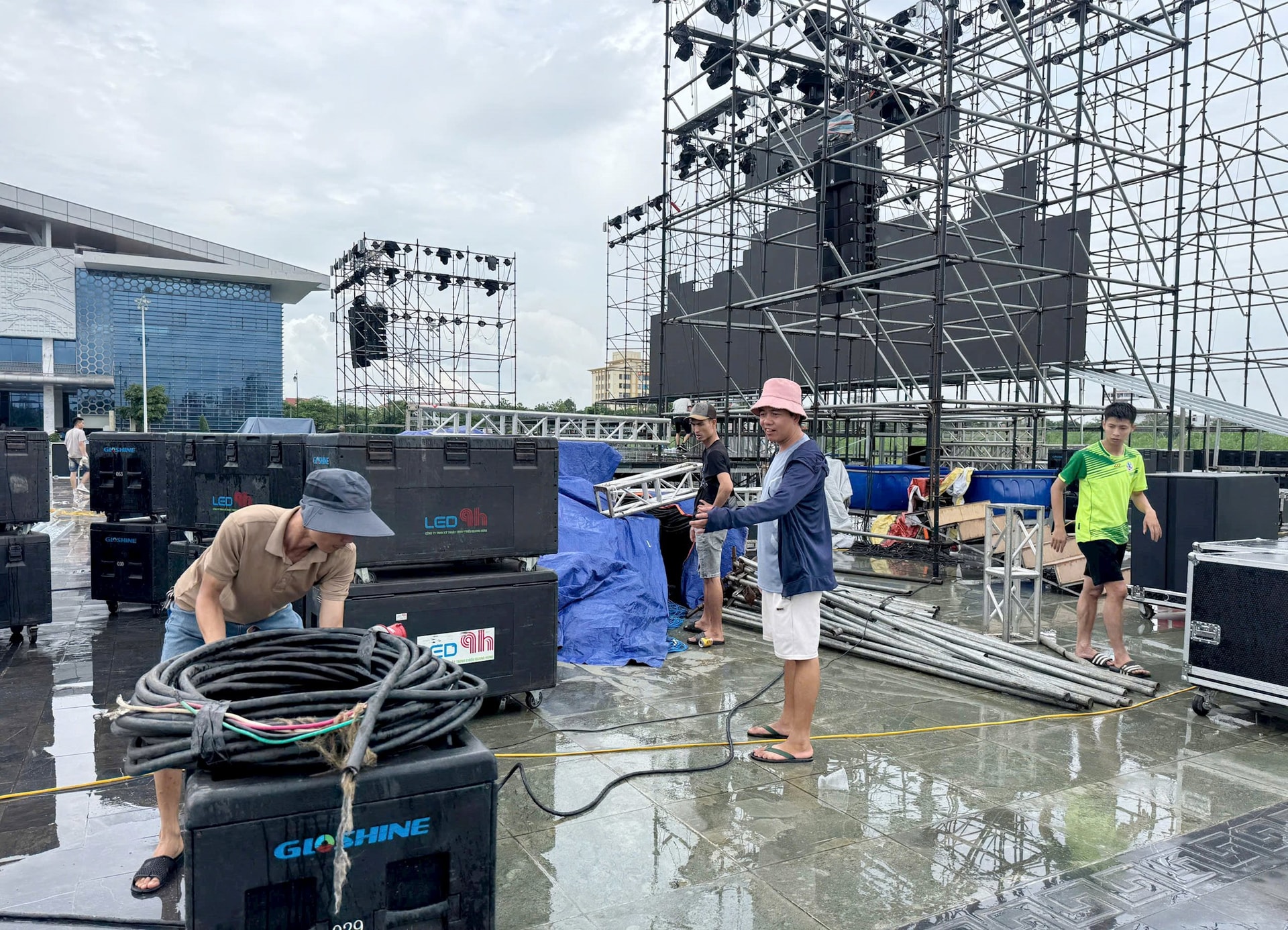









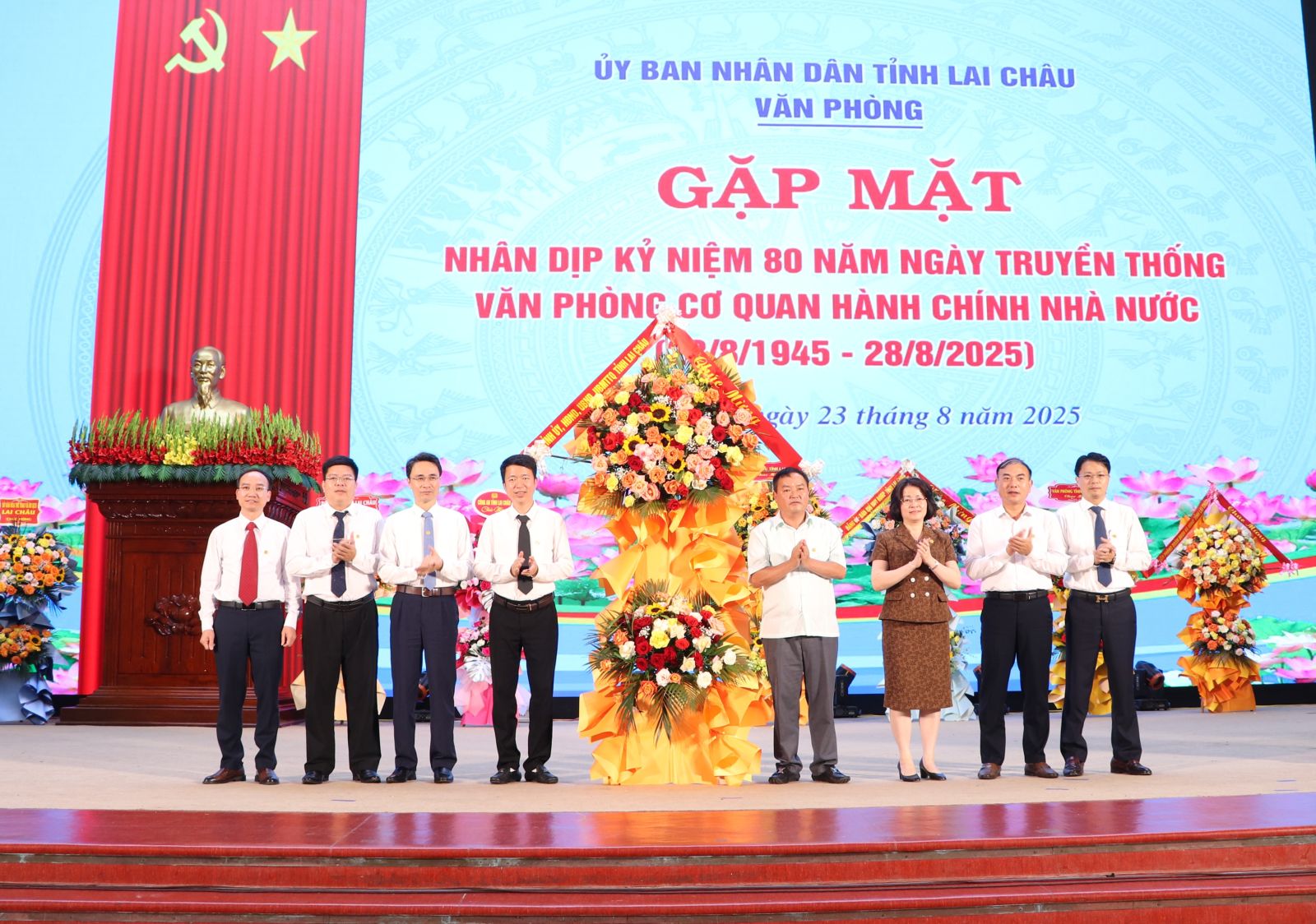














































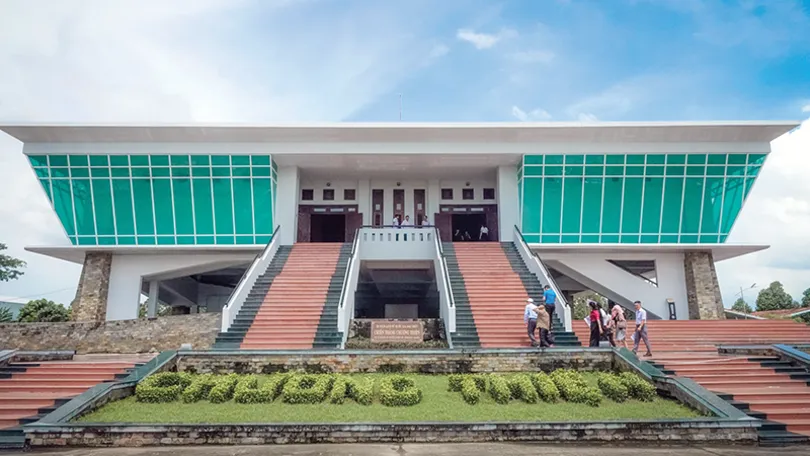



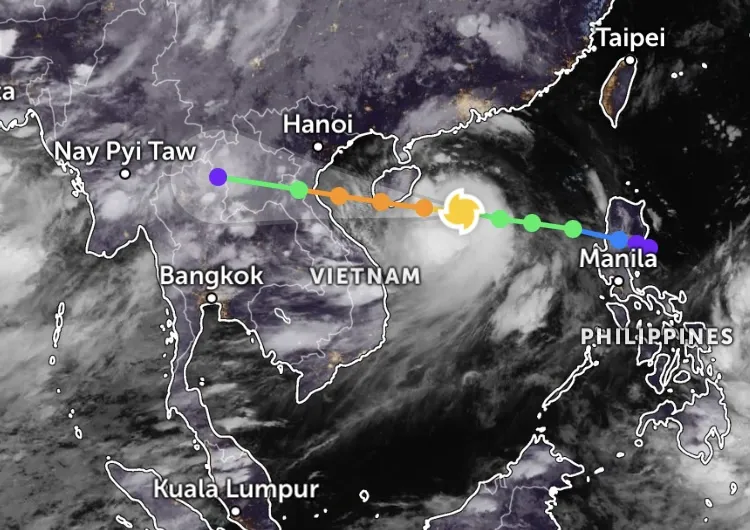


















Comment (0)